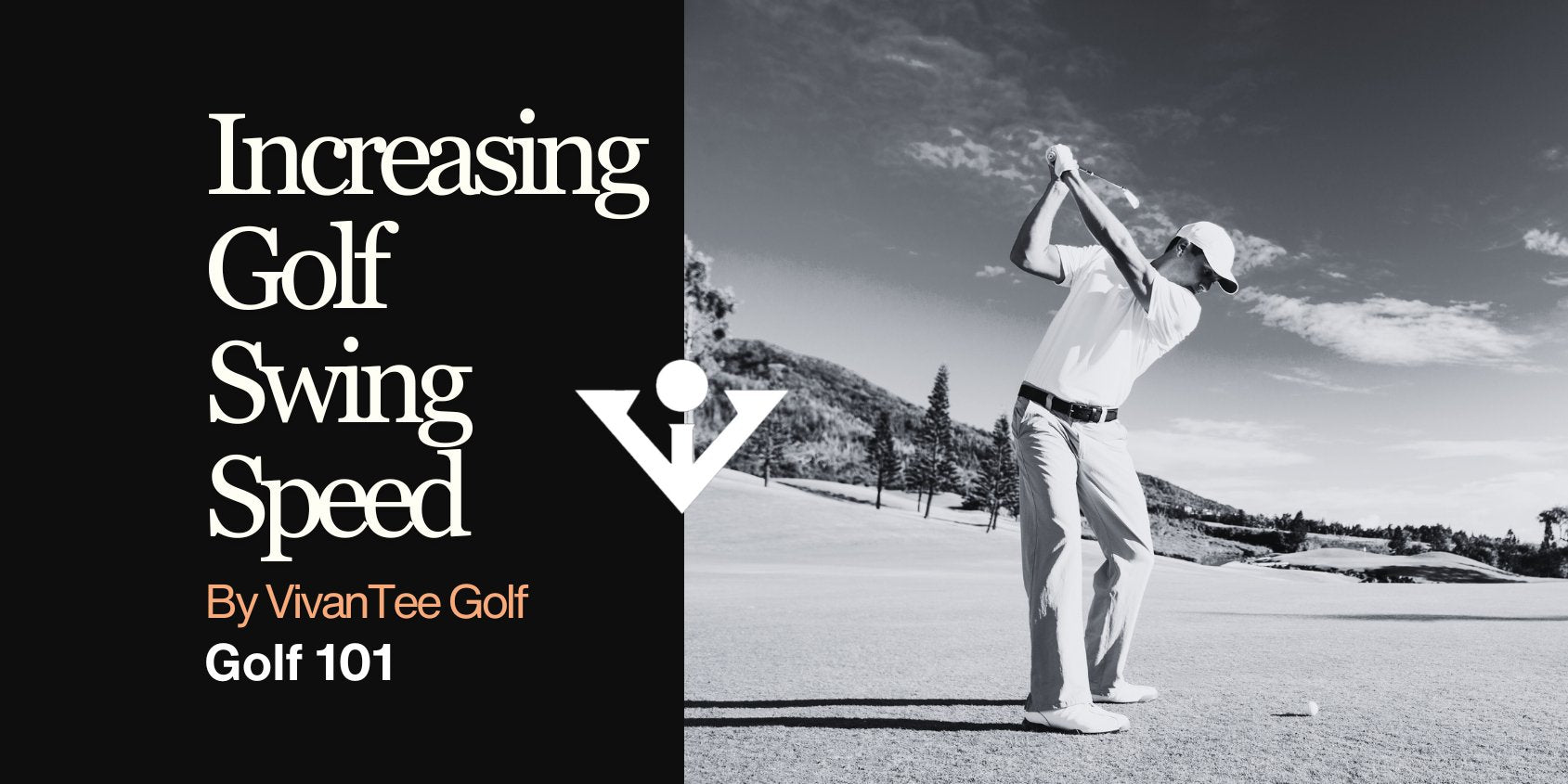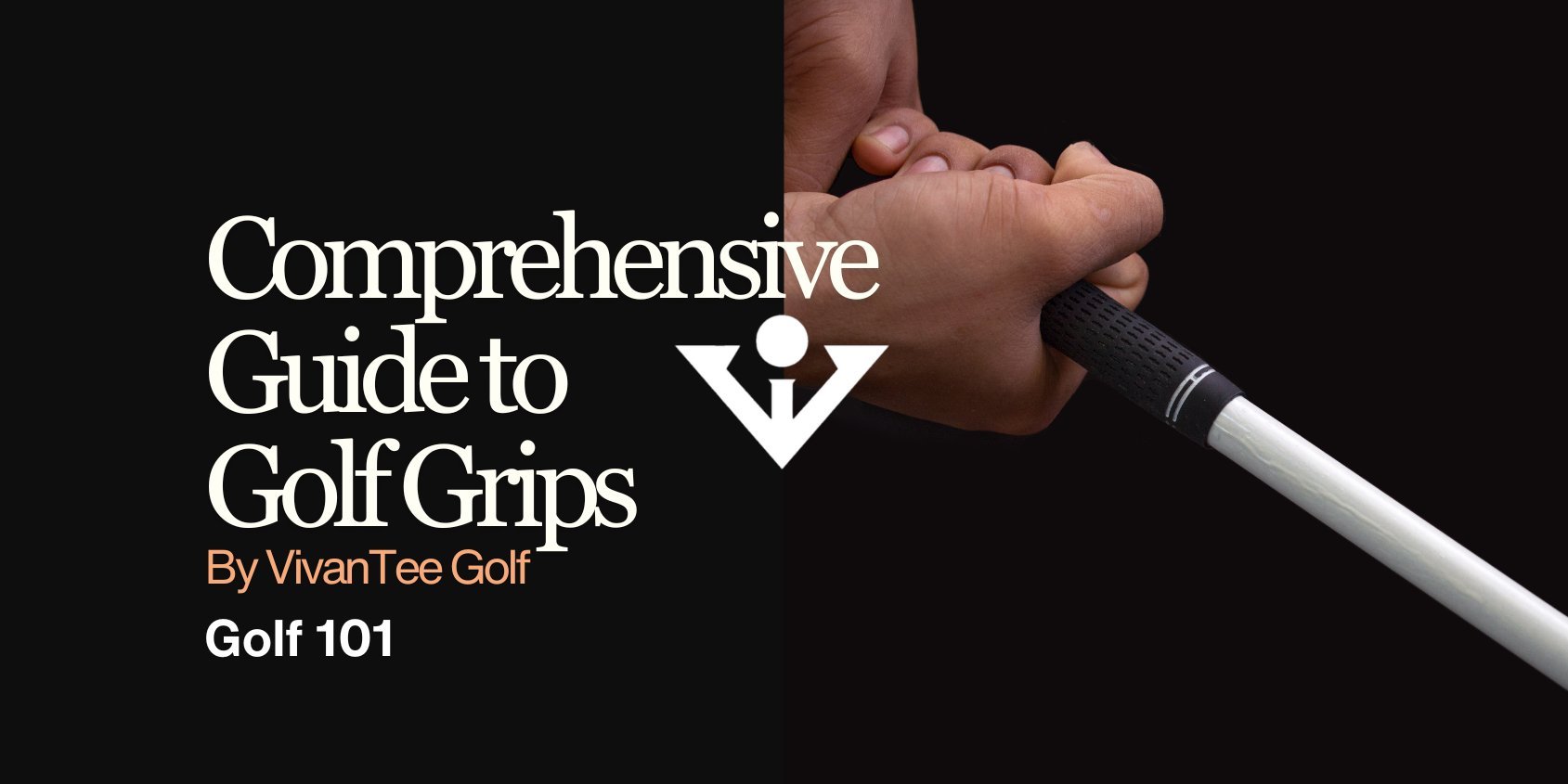
Increasing Clubhead Speed
Golf Swing Speeds: Increasing Clubhead, Charts, & Science's Role
Introduction to Increasing Your Club Head Speed
Golf is as much a game of power as it is of precision and your golf swing speed often referred to as clubhead speed can impact all aspects. When I first picked up a golf club, the feedback was instant – I had a "violent swing" random people told me then and tell me today. I work on tempo a lot, but the reality is, it has become my swing. Years of working out and my military background might explain the raw power, but I was hungry to delve deeper into the mechanics and technique of the game, and there is certainly more. It took a flashback to my college days, working as a personal trainer, for the puzzle pieces to fit. A colleague with a degree in exercise science spotted the power behind my workouts. She introduced me to the world of muscle fibers – the intricate dance between fast and slow twitch. Under her expert guidance, and my own research, not only did I hone my fitness regimen, but I also began to understand the science behind mine and others' natural power. So, whether you're curious about average swing speeds, the role of age and muscle composition, or exercises to amp up your game, you're in for a read. With a fusion of my personal experiences and academic backed insights, let's unpack the mysteries of golf swing speed together.
---
Brief overview of the importance of golf swing speeds in golf
The biggest driver (definitely pun intended) in the distance of your shots is the speed of your swing. First and foremost, technique should be the biggest focus point when you are starting out, or even a novice player. However, once you have your technique down and have adopted your swing. The focus can be on improvements. The average golf swing speeds have increased over the years, as handicap decreases, swing speed increases, and age plays a factor as well.
The interplay of technique and physiological factors. Understanding golf swing speed isn't just about technique; it's also about how our bodies work. The way we move and our body's natural strengths play a big role in our swing. So, when we combine the right technique with what our body is naturally good at, we can really boost our game.
---
What is Golf Swing Speed and Where does it come from?
Swing speed and the relationship with drive distance
Golf swing speed is the MPH speed, or the velocity that the club travels from top of your swing to impact of the ball. This stat is covered in our golf simulator deep dive along with other important stats to follow. Your swing speed’s transfer of energy, the compression of the ball, and optimal launch angle will ensure you get the most distance from your driver, all the way down to your wedges.
---
Where does golf swing speed come from
Technique:
Proper technique is the foundation of an efficient and speedy swing. Elements such as grip, stance, and swing plane can either enhance or inhibit the natural power generated during the swing.
Power transfer:
A golf swing utilizes a kinetic chain, which is a sequence of body parts moving one after the other. The power or speed starts at your feet, travels up through your legs, into your core, out through your arms, and finally to the club, then the ball. Each segment of the body accelerates and then decelerates, passing energy to the next segment, culminating in maximum speed at the clubhead. Think of a set of dominos, you knock one down, and the rest follow.
Core Strength and Rotation:
The rotational power of your core and hips play a very large role in the speed of your golf swing or clubhead speed. The downswing should start with your hips, and like a domino the rest follows. The stronger your core and rotational abilities, the faster your clubhead speed.
Wrist Hinge and Release:
The action of hinging your wrists during the backswing and releasing them during the downswing can significantly increase clubhead speed. This action acts like a whip, where the final snap provides the highest velocity.
Leg Drive:
Power from the ground up is crucial. Using your legs to push off the ground and initiate the downswing can add speed. The legs provide stability and force, which translates up through the body.
Muscle Strength and Flexibility:
Stronger muscles, especially in the core, legs, back, and forearms, can generate more power. Additionally, flexibility, especially in the hips and shoulders, allows for a more extensive range of motion, which can increase the length of your swing and, consequently, its speed.
Balance:
Your balance in golf ensures the efficient transfer of energy from the body to the ball and stabilizes the swing, allowing for consistent power and accuracy. Without proper balance, players risk erratic shots and diminished swing speed.
Equipment:
While the physical attributes and mechanics of the golfer are primary contributors, using the right equipment can also influence swing speed. Lightweight shafts, and appropriately fitted clubs can help players achieve their maximum swing speed. A solid indicator of the impact of equipment is the fact that the average swing speed on the tour has increased 5% over the last 10 years as equipment has gotten better.
---
The Science of Muscle Fibers and Swing Speed
Introduction to Muscle Fibers
Our bodies are fascinating and I will be sure to keep this section as simple as possible, if you want to go into more depth there are a number of scientific studies on this topic. Our muscles are primarily divided into two types: Type 1 (slow twitch) and Type 2 (fast twitch). Slow twitch fibers excel in endurance, efficiently using energy over prolonged periods. On the other hand, fast-twitch fibers are all about power; they release energy in explosive bursts but fatigue rapidly.
Did you know that each one of us possesses a unique mix of these muscle fibers? While everyone has both types, many of us lean towards one more than the other. Everyone’s make up is significantly different with a statistic from this study here “about 25% of North American Caucasian men and women have either less than 35% or more than 65% of type I fiber in their vastus lateralis muscle.” Take athletes for example. The marathon runner, with their incredible endurance, likely has a dominance of slow twitch fibers. Contrast this with a sprinter, whose explosive speed hints at a fast twitch dominance. Their body compositions even mirror this distinction!

But here's a question that keeps the exercise science community on its toes: Can one actually transform their muscle fiber composition through rigorous training? While the jury's still out on that, it's undebatable that workouts can be tailored to target and benefit both fiber types since everyone has a mix of both.
---
Fast twitch muscle fibers and your swing
Let’s focus on fast twitch, while slow-twitch plays a role in your golf game (walking around the course all day, carrying your golf bag, etc), this article’s focus is on your clubhead speed and power! The golf swing is an explosive movement, and it fires your fast twitch muscles. As such, your golf workout routine for optimizing your golf swing, should be focused on power movements.
Intrigued about your own muscle composition? While muscle biopsies can give precise results, there are simpler gym tests that can offer insights. And while understanding your muscle type might not shave strokes off your golf game, it can certainly satisfy your curiosity. Dive deeper into this fascinating topic with one of these gym tests!
---
Golf Swing Speed Averages
Average clubhead speed for amateurs and professionals
The difference in average driver swing speed between an amateur golfer and a PGA/LPGA golfer is roughly 18% for both men and women. Interestingly, driving is the part of the game where amateurs have the best chance to narrow the gap with professionals. This means that with dedication and practice, you can indeed achieve PGA-level distances on your drives. However, mastering the consistency and accuracy required to match the pros will present a greater challenge.

Golf Swing Speed chart Based on Handicap
As you continue to develop your skills and technique you will notice your swing speed will increase. This chart continues to reiterate the importance of technique as your handicap decreases, your clubhead speed rises. Consistent across both men and women.

Average Swing Speed By Age
As we age, a decline in swing speed is a natural progression. For men, from their 30s to 50s, there's an average drop of about 6%. Women tend to experience a slightly sharper decline, with a decrease of around 14% during the same age span. This reduction in golf swing speed is primarily attributed to muscle loss, especially the deterioration of fast-twitch muscles as we age.
But, if you've ever found yourself outplayed by a seasoned golfer, you'll know that age is just a number on the course. So don't fret and embrace the journey – age with grace and enjoy every game! Below is average swing speed by age.

---
Average Golf Club Swing Speed Per Club
Average swing speeds for each golf club based on trackman data across all clubs on the PGA and LPGA tour.

*All stats are derived from trackman data, spanning across the past 5 years.
---
Increasing Clubhead Swing Speed
Proper Equipment
Today getting fitted for golf clubs can be rather inexpensive as many places will include it in the price of your clubs. However, this isn't possible for everyone, and many beginner golfers purchase used equipment, or inexpensive equipment off Amazon. This is fine for a beginner, but you want to take into consideration a few key points. First, the stiffness of your shaft, and this is based on your swing speed. If a shaft is too stiff, you will tend to slice the ball, but if it's too flexible, you will lean towards hooks. Aligning your swing speed to shaft stiffness, is one of the easiest points to get right when purchasing clubs. Your swing speed can be tested at a variety of places, a golf pro shop, a simulator, even Top Golf. Getting a rough estimate is crucial, prior to investing in clubs. We have a deeper breakdown on Tensei Golf Shafts if you want to get in the weeds.

Training for Optimal Swing Speed
Exercises that will optimize fast twitch muscle fibers will be the most beneficial for increasing your golf swing speed. When we think about working out fast twitch muscle fibers, think the below:
Explosive
Jumping
Sprinting
Medicine Ball throws
Olympic lifts
Kettlebells
Heavy
Importance of flexibility
To unlock greater swing speed, enhancing flexibility and range of motion can be pivotal. This enables a more extended backswing, potentially unleashing more power behind your shots. However, this isn't a one-size-fits-all rule. Take Jon Rahm, for instance. Despite his notably compact backswing, he still manages to deliver awe-inspiring drives. Interestingly, this unique technique has roots in his journey of overcoming the challenges of having a club foot. While Rahm's approach is tailored to his specific circumstances, most golfers can benefit from targeted stretching and mobility work. Ready to elevate your game? Dive into some of the workout focus areas below to get started!
Yoga
Static stretching
Dynamic stretching
Resistance band stretching
Pilates
Functional Range Conditions (FRC)
*Yoga with Adrienne golf specific yoga session
---
Technical drills to enhance swing mechanics.
Everyone has a different swing and a different area to work on, however, a few areas you want to make sure you get correct to ensure for faster clubhead speed are proper top of the swing mechanics, downswing, and impact.
Conclusion
I hope you enjoyed reading this as much as I enjoyed researching and writing it. Diving deep into the world of clubhead speed and unraveling the crucial role muscle fibers play has been a game-changer. The intricacies behind every powerful swing go beyond just technique; they're deeply rooted in our physiology. By understanding and optimizing these aspects, you open the door to a golf game that's not only more powerful but also more refined. However, this is just the tip of the iceberg. There's a vast ocean of knowledge waiting for passionate players like you. Craving more tips, insights, and breakthroughs? Don't miss out! Sign up for our newsletter below and join a community that's always aiming for the next hole-in-one. If you are in the market for a new golf glove, check out our gloves with magnetic ball markers as well!
---





Leave a comment
This site is protected by hCaptcha and the hCaptcha Privacy Policy and Terms of Service apply.